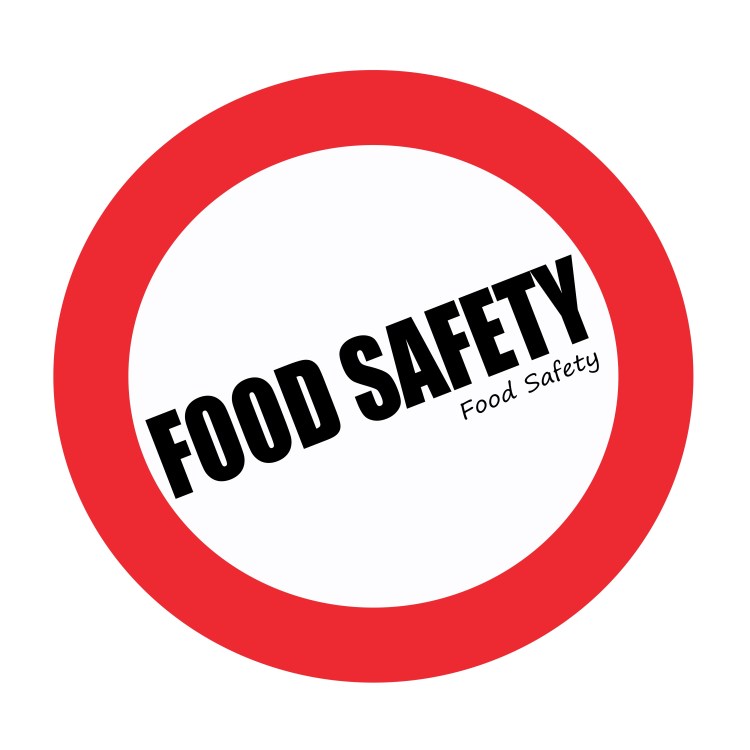As restaurant managers, operators or owners, we like to think that we can never fall victim to an outbreak of food-borne illness. As consumers, we like to assume that we cannot contract a food-borne disease while dining at a restaurant. While everyone likes to think that they are taking all the precautions to prevent food-borne diseases, the fact remains that these diseases occur way too often. A report published by CDC in 2015 cited that food-borne diseases are on the rise. As such, it’s now more important than ever before for food establishments to re-evaluate their food safety practices to reduce the risk of food-borne illnesses.
Ever wonder how these pathogens end up in restaurants? Unfortunately, there are several ways pathogens can find their way into restaurants including guests coming with them, the food supply etc. If a restaurant doesn’t adhere to safe food preparation protocols, these pathogens are likely to survive and with time, gain the ability to cause harm to guests. So how are restaurants doing when it comes to food safety? Believe it or not, CDC studies have found that restaurants are the most common sources of food-borne diseases. There’s a lot of room for improvement and a number of precautions that restaurants can take to reduce the risk of food borne diseases.

The problem
The food service industry and medical professionals are increasingly becoming concerned about the increased number of microbes that are now resistant to food preparation methods, antibiotics and storage methods. It’s even more unfortunate that few consumers hardly view their own food safety practices as potential hazards.
Other factors that contribute to increased incidents of food safety issues include change in consumer lifestyles and demographics, change in the food system where the lines between food service operators, retail grocers and food process are fading as well as advancements in science and technology have allowed for better methods of detecting disease causing pathogens.
Many restaurant owners and consumers begin to worry about effective food safety measures when an outbreak occurs. They somehow forget that prevention is better than the outcome of dealing with a food-borne illness outbreak that can have quite a negative impact on the public and the brand.
Types of food-borne diseases that impact the industry
There are more than 250 food-borne diseases caused by prions, metals, toxins, parasites, bacteria and viruses. The most common ones that affect the food service industry that also pose a dire threat to humans include norovirus, listeria, E. coli, hepatitis A and salmonella.
E. coli: Even when ingested in small amounts, these bacteria can cause damage to the intestines. Effects of the bacteria include violent vomiting, mild discomfort and in extreme cases, death. It spreads by a fecal-to-oral route where contamination can occur at the farm and if not cleaned properly, the guests at a restaurant can easily ingest it.
Listeria: Unlike other bacteria that need high temperatures to thrive, listeria can survive on lower temperatures. It spreads through cross contamination in food and can be quite dangerous especially for individuals who aren’t immunized. For pregnant women, listeria can cause infant mortality.
Norovirus: Frequent outbreaks of norovirus have compounded a concern for food safety especially in the restaurant industry. The virus is highly contagious and often spreads through human-to-food-to-human contact especially as a result of poor hygiene practices in food service environments. And whether or not they show symptoms, humans can still transfer the virus.
Building the foundation of an effective food safety program
Having an effective food safety program in place is important for protecting the public and the employees in a restaurant. Considering that the CDC has attributed more than 1300 deaths, almost 56000 hospitalizations and 9.4 million illnesses to food-related pathogens, the issue of food safety in restaurants is a matter of urgency. The success of a food safety program is highly dependent on several factors including ensuring that employees are trained and understand the importance of food safety.
A good food safety program should have a few essential characteristics some of which include:
• Identify the hazards and determine the risks involved
• Implement systems that can help combat the risks
• Prohibit your workers from coming to work while ill
• Follow the proper cooking instructions such as internal temperatures
• Provide an alcohol-based hand sanitizer for guests to use when they come into the restaurant
• Wash hands frequently, when preparing food or after visiting the washrooms
• Implement processes to prevent cross-contamination
Monitoring food preparation and service during every shift keenly is important if restaurant owners, managers and operators wish to minimize the risk of food-borne disease. Working with and not against local food safety departments is also a big step. All shift managers should also consider enrolling for ServSafe classes offered through your local restaurant association and the National Restaurant Association.
For more information on Food Safety in Restaurants, contact us at getresults@goliathconsulting.com or visit our website: GoliathConsulting.com
